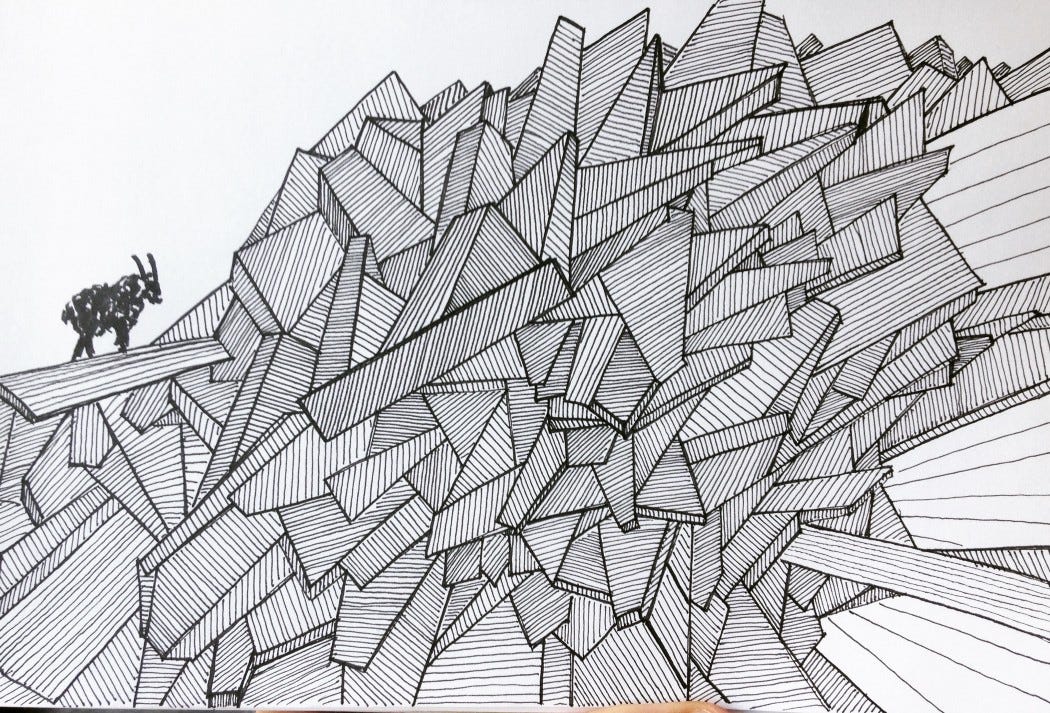TBM 32/52: The Form That Stole 20,531,250 Seconds
I met with a team recently that had added some basic measurement to a popular form in their product.
To their surprise, ~40% of form submission attempts resulted in a validation error. And ~80% of those validation errors were for two fields. The form had been active in their product for close to three years. Someone estimated that this had happened "1.3 million times, and cost users 20,531,250 seconds".
237 days of cumulative wasted human existence because of a form. The team was not happy. There were other similar workflows too!
No one had actually worked on the original form, so I couldn't ask my burning questions. But it got me thinking. I remember a time when this could have EASILY happened to me. No question.
But it would be less likely now. Why? What do I know now that I didn't know then?
I know that there's tons of research on forms. There's almost never a situation where you need to reinvent the wheel. My "this is not unique" radar is decent
I know I'm not an expert on those patterns, and I know how to tell if someone is an expert in those patterns
I've been in enough moderated usability testing sessions to know how wrong our intuition(s) can be. Even among amazing designers. I know how valuable these testing sessions are
I know that even with moderated usability testing things still crop up. Especially if you cater to diverse personas
I know to involve the team in this because diverse perspectives matter
I know I should instrument workflows. I have a rough idea of the questions that may come up. I know what to instrument
I know to make insights immediately accessible. Otherwise, no one will bother.
I know it is important to leave enough time for the work above
I know to only take jobs where the above is standard practice (and also know this is an absolute privilege)
I know product development is hard. Shit happens
I also know that the original form team could have known everything above, but might still have had trouble. Even #8. It is easy to assume a team will work this way, only to find out they don't once you start working there.
There could have been an overconfident product manager bossing people around. Skepticism about usability testing. Incentives around velocity. No access to users. A "ship it and wait for customers to complain" culture. A designer assigned to five teams, doing their absolute best to do great work. A leader persuaded that "in B2B the switching costs are so high, that we don't really need to worry about stuff like this." Crippling technical debt, making shipping anything a major accomplishment. No good analytics tools. No easy way to instrument.
So...many...things.
Imagine this compounded across the world’s products.
No wisdom this week. Just an observation...
How wild is this industry that the equal of attaching a door to a house is so damn hard! If a lack of experience doesn't get you, then a lack of trust will get you. If a lack of trust doesn't get you, then the blinders of past successes and overconfidence will get you. If the blinders don't get you, then the time crunch will get you. If the time crunch doesn't get you, an investment in tools will get you.
And yet some teams still figure out how to deliver usable and useful products. It is a minor miracle. If you ever experience that, rejoice!
The good news? Lots and lots and lots of "low hanging fruit". Start with some situational awareness. Instrument some key workflows. At a minimum, you can shine a light on broken UX which is a good starting point. Try to pull off some moderated usability testing. Unless the execs at your company have firsthand experience designing and developing modern products, they likely have no idea (yet). But they can learn.




